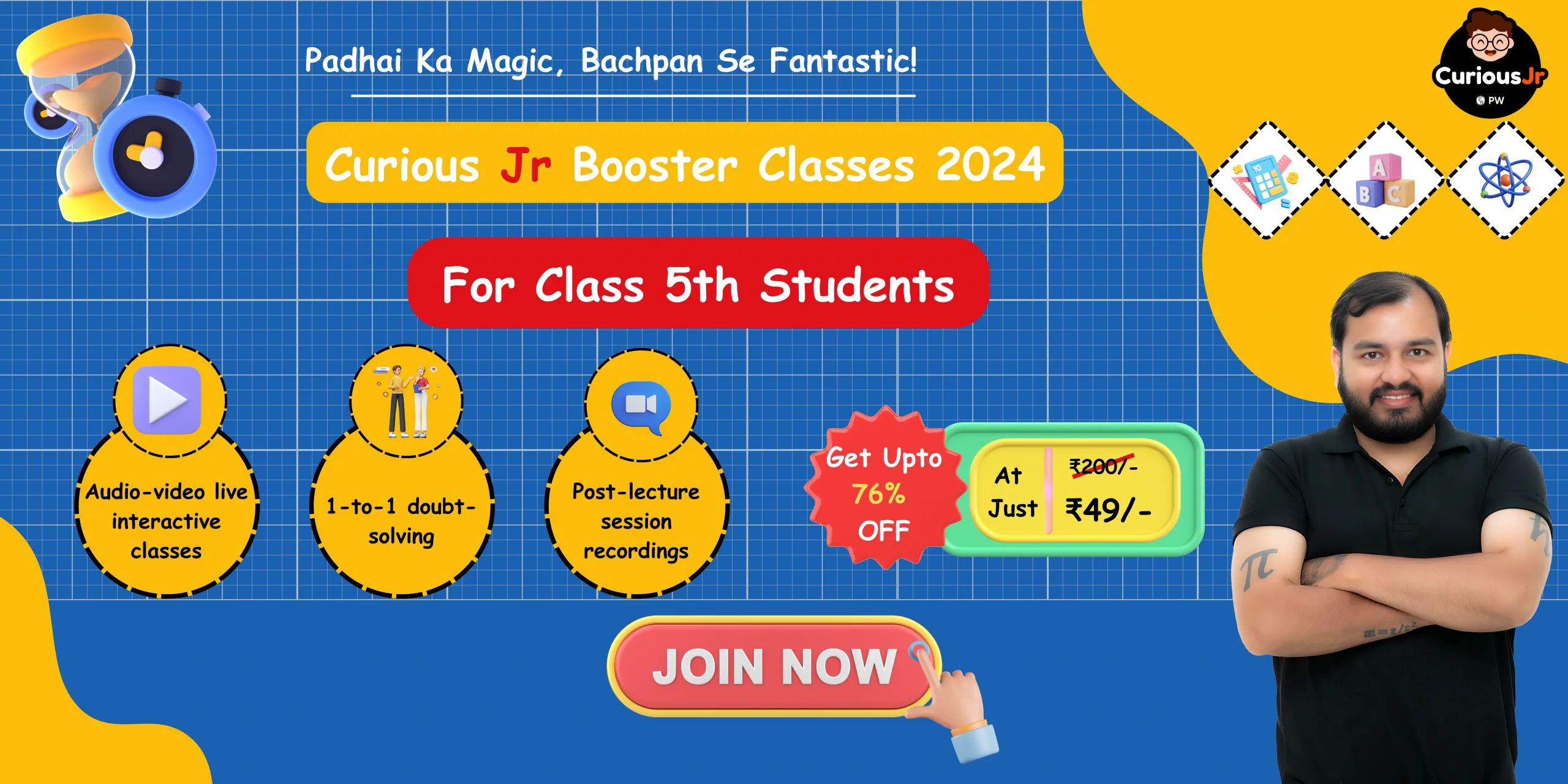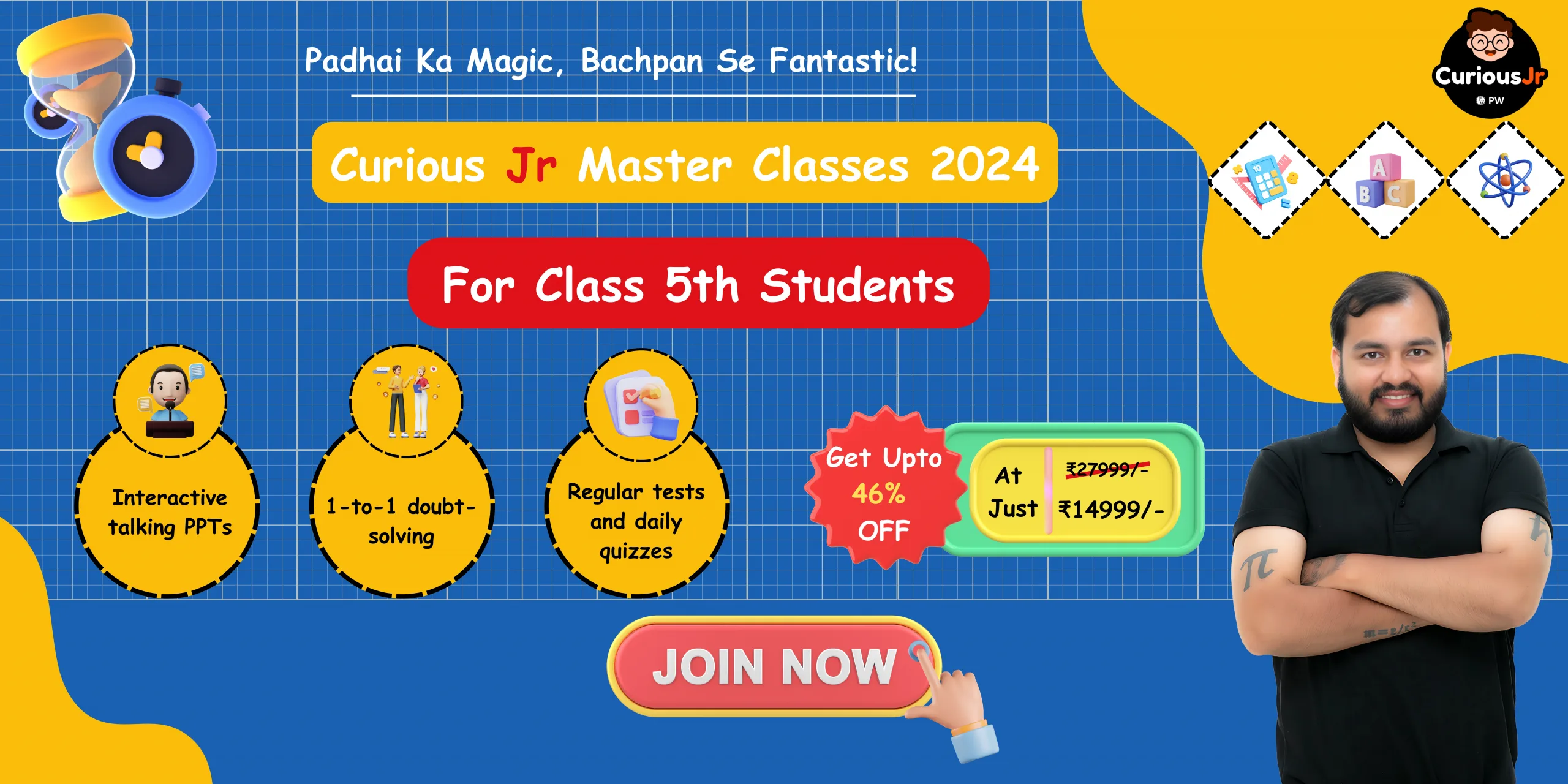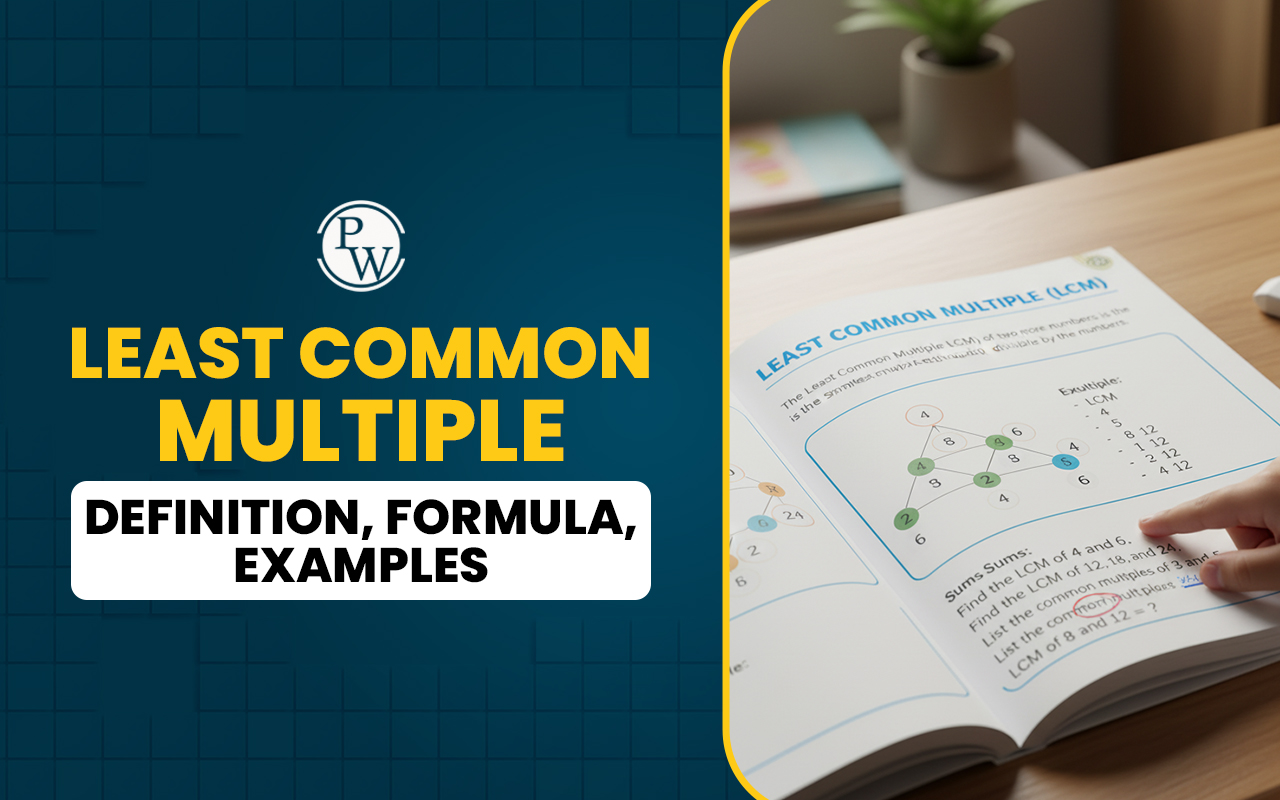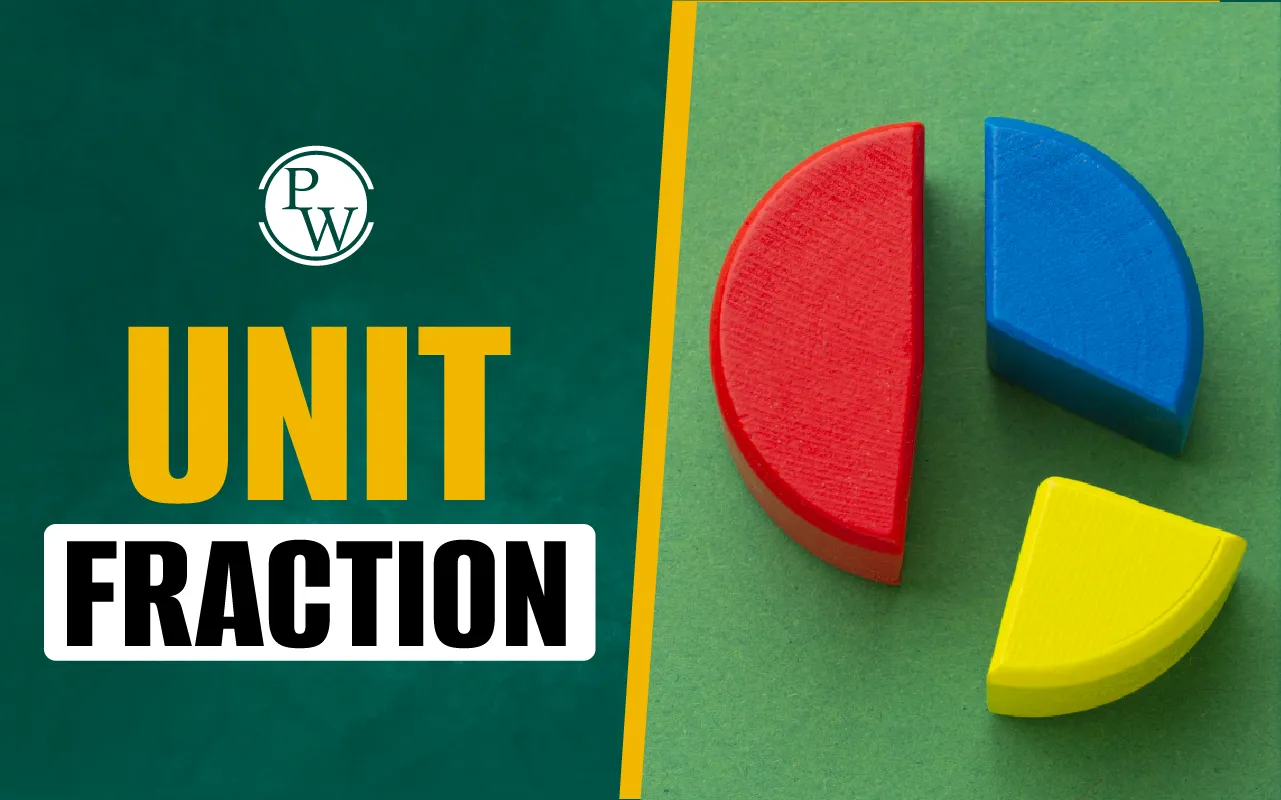
CBSE Class 5 Maths Syllabus: The CBSE Class 5 Maths syllabus covers a wide range of fundamental mathematical concepts tailored for students at this level. From understanding number systems to mastering basic arithmetic operations like addition, subtraction, multiplication, and division of whole numbers, students delve into the basics of mathematics.
They explore geometric shapes, measurements, fractions, and decimals. The syllabus is designed to foster a strong mathematical foundation and promote logical thinking, problem-solving skills, and mathematical reasoning among students. Through interactive learning methods and practical applications, students are equipped with the necessary skills to tackle mathematical challenges effectively. Overall, the CBSE Class 5 Maths syllabus aims to instill confidence and proficiency in mathematics, laying a solid groundwork for future academic pursuits.CBSE Class 5 Maths Syllabus Overview
The CBSE Class 5 Maths syllabus provides a detailed overview of mathematical concepts and skills that students will learn throughout the academic year. Here is an overview of the topics covered in the syllabus:The Fish Tale:
- Introduction to multiplication through the context of fish weights and boat capacities.
- Understanding multiplication facts and their application in real-life scenarios.
Shapes and Angles:
- Recognition and understanding of different geometric shapes such as triangles, quadrilaterals, circles, etc.
- Introduction to angles and their classification (acute, obtuse, right angles).
How Many Squares?:
- Understanding the concept of area and calculating the area of squares and rectangles.
- Practice problems involving finding the number of squares in a given figure.
Parts and Wholes:
- Introduction to fractions and understanding the concept of wholes and parts.
- Identifying and representing fractions using shapes and objects.
- Practice problems involving addition and subtraction of fractions.
Does it Look the Same?:
- Recognition of similar shapes and objects through games and activities.
- Identifying and comparing shapes based on their attributes such as sides, angles, and symmetry.
- Understanding congruence and similarity of shapes.
Be My Multiple, I’ll be Your Factor:
- Introduction to multiples and factors of numbers.
- Learning to find the multiples and factors of a given number.
Can You See the Pattern?:
- Identifying and understanding various patterns in shapes, numbers, and sequences.
- Exploring patterns in arithmetic operations, geometric shapes, and number sequences.
- Extending and creating patterns using different strategies.
Mapping Your Way:
- Introduction to map reading skills, understanding symbols, and legends on a map.
- Learning to interpret and use directions (north, south, east, west) on a map.
- Practice exercises involving finding routes and distances on a map.
Boxes and Sketches:
- Introduction to 3D shapes such as cubes, cuboids, cylinders, cones, and spheres.
- Understanding the properties of 3D shapes through folding paper boxes and sketching.
Tenths and Hundredths:
- Introduction to decimal fractions and their representation on a number line.
- Understanding the relationship between decimals and fractions.
- Practice problems involving addition, subtraction, multiplication, and division of decimal numbers.
Area and its Boundary:
- Understanding the concept of area and perimeter of plane figures.
- Calculating the area and perimeter of squares, rectangles, and other polygons.
Smart Charts:
- Introduction to different types of charts such as bar graphs, line graphs, and pie charts.
- Learning to interpret and create charts using data.
- Understanding the use of charts in representing and analyzing data.
Ways to Multiply and Divide:
- Understand the different methods of multiplication and division such as repeated addition, grouping, and long division.
- Learning to solve multiplication and division problems using different strategies.
- Practice exercises involving multi-digit multiplication and division.
How Big? How Heavy?:
- Introduction to units of measurement for weight and volume such as kilograms, grams, liters, etc.
- Understanding the concept of weight and volume through real-life examples.
- Practice problems involving conversion between different units of measurement.
CBSE Class 5 EVS Syllabus 2024-25
CBSE Class 5 Maths Syllabus 2024-25
The CBSE Class 5 Maths Syllabus are provided below. The Maths experts offer these solutions in great detail. To ensure you understand the ideas completely, go through these chapter-by-chapter solutions.| Lesson Number | Chapter Name |
|---|---|
| 1 | The Fish Tale |
| 2 | Shapes and Angles |
| 3 | How Many Squares? |
| 4 | Parts and Wholes |
| 5 | Does it Look the Same? |
| 6 | Be My Multiple, I’ll be Your Factor |
| 7 | Can You See the Pattern? |
| 8 | Mapping Your Way |
| 9 | Boxes and Sketches |
| 10 | Tenths and Hundredths |
| 11 | Area and its Boundary |
| 12 | Smart Charts |
| 13 | Ways to Multiply and Divide |
| 14 | How Big? How Heavy? |
 Class 5 Maths Tips and Tricks
Class 5 Maths Tips and Tricks
Encourage Practical Application:
Encouraging your child to connect mathematical concepts with everyday activities can make learning more engaging and relevant. Encourage them to group objects during playtime or while organizing items at home. This activity not only reinforces multiplication and division concepts but also demonstrates their practical applications in real-life scenarios. By making these connections, children are more likely to develop a deeper understanding and interest in mathematics.Engage with Math Puzzles:
Math puzzles offer an interactive way for students to sharpen their computational skills and problem-solving abilities. These puzzles often require applying basic math concepts like multiplication, division, and factorization to solve challenges and achieve goals. Whether through traditional puzzle books or online platforms, engaging with math puzzles can make learning math more enjoyable and rewarding for students.Apply Math in Everyday Scenarios:
Encourage your child to apply math concepts in various everyday situations to reinforce their learning. Activities such as measuring ingredients while cooking, estimating the cost of stationery items, or calculating the time between events provide practical opportunities to apply mental math skills. By actively engaging with math in their daily lives, students can develop a deeper understanding of mathematical concepts and see their relevance beyond the classroom.Benefits of CBSE Class 5 Maths Syllabus
The CBSE Class 5 Maths syllabus provide several benefits to students:CBSE Class 5 Maths Syllabus FAQs
What topics are covered in the CBSE Class 5 Maths syllabus?
How can students effectively prepare for Class 5 Maths exams?
What is the significance of learning mathematics at the Class 5 level?











